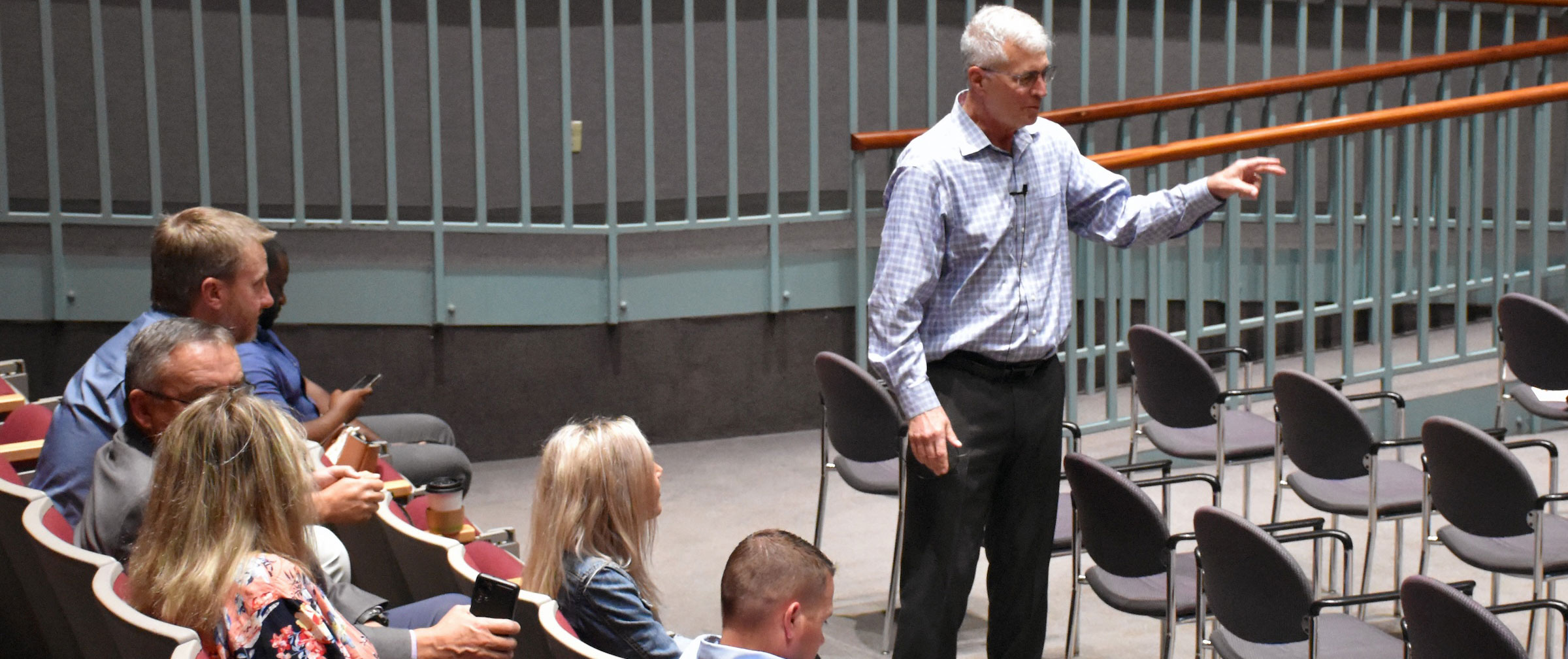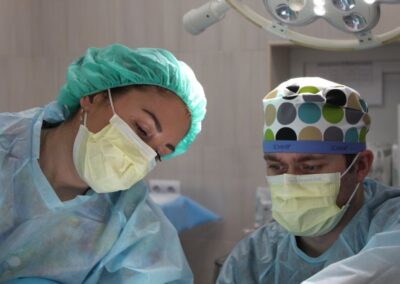Last week I returned from a very insightful and stimulating Board meeting of the Society of Cardiovascular Patient Care. One of the things that I most love about this meeting of very accomplished physicians and health care leaders is that I always come away with some terrific insight that I never would have otherwise anticipated.
I was having dinner with Dr. Raymond Bahr, a cardiologist from Baltimore, who founded the Society over 15 years ago. As we were talking that evening he mentioned that he had recently turned 80 years old (one would never know that given his incredible drive and energy!). He then casually told me that in his lifetime he calculated that his heart has pumped over 3 BILLION times without ever missing a significant beat.
I was dumbstruck by that comment. Doing the math quickly on a piece of paper I realized he was correct. Assuming an average heart rate of 72 beats per minute, that’s 72 X 60 X 24 = 103,680 beats per day or almost 38 million beats a year! A person who is 80 years old has had slightly over 3 billion heart beats. Put another way, the heart dutifully serves the average person about a BILLION times for every 26 years of age. What an amazing example of efficiency and perfection. I cannot think of any man made device that comes close to that level of accomplishment! What an awesome pump we have !!
So what are we doing to protect that pump? What are we doing to reward that pump for such a long history of consistent performance? Put simply, the most common way to destroy the heart muscle is to occlude the blood vessels that supply its nutrients.
We all know the risk factors for cardiovascular disease. As physicians and health care professionals we have counseled countless patients. This simple statement by Dr. Bahr inspired me anew to respect my heart and do whatever I can to keep it pumping, as well as spread the word to others.
As a society we need to rededicate ourselves to reducing the cardiovascular risk factors that do account for much of the community cardiovascular disease. Obesity and hypertension should be recognized and controlled. Diabetes should be managed aggressively. Cholesterol should be monitored in every adult patient. Regular exercise should be a routine part of our lifestyle and diet should be moderated to reduce salt and fatty foods. Smoking cessation efforts have to be reinforced.
In addition to risk factor reduction, the public needs to be educated to the signs of early cardiac disease. In an earlier blog I discussed that program that Dr. Bahr developed called EHAC (Early Heart Attack Care) program. This program teaches the public that “Heart attacks have warning signs”. These warning signs can be recognized and the patient can be brought to medical attention prior to the catastrophic event. The pump can be rescued prior to the irreversible damage caused by cardiac artery occlusion. The EHAC program has already deputized over one half million people across the country, and the goal is to deputize many more into the millions. Communities such as Seattle with aggressive public intervention campaigns have demonstrated higher survival rates for heart attacks. There is a great deal that the average citizen can do to reduce heart attacks.
As Dr. Bahr states, to replace that pump (heart transplant) has a total cost of approximately $500,000, and even at that, one gets a used heart, not a new one. People need to keep the one they have healthy and in good working order.
I hope that someday my heart will reach the 3 billion count. So far, I am privileged to have passed the 2 billion mark, and not without some help along the way. I am in awe of that pump. I hope that everyone of you takes a second to reflect on your own pump and how many times has it done its job for you. I hope that everyone takes a moment to reflect on how crucial good cardiac health is to longevity.
What are you doing to protect that amazing pump?




